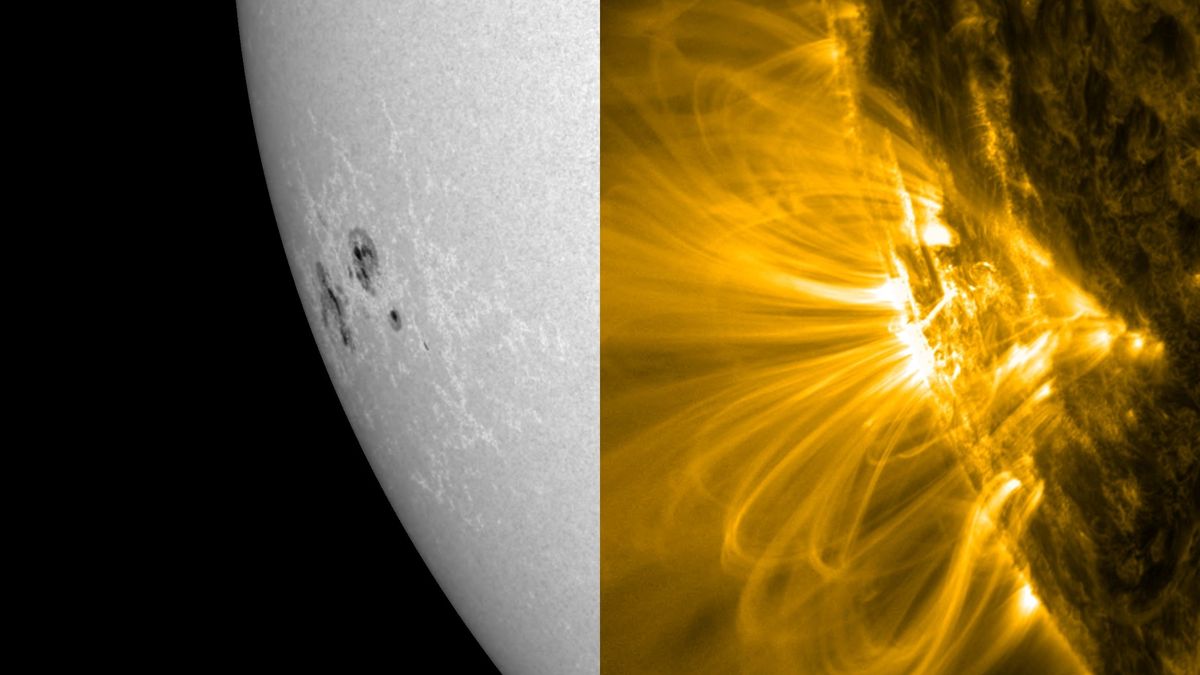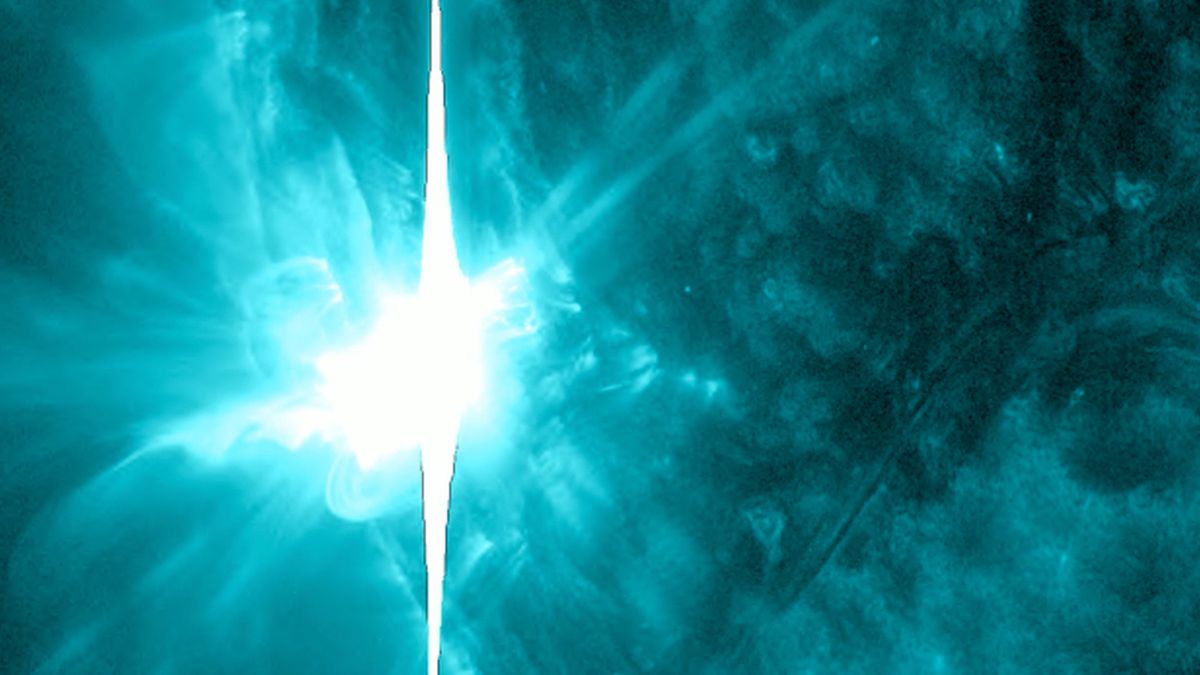
In late May 2024, the Earth was treated to a series of spectacular auroras caused by powerful solar activity. These displays, which are also known as the Northern Lights, were seen in various parts of Europe and North America. The cause of this natural phenomenon was a sunspot named AR3664, which had re-emerged on the eastern edge of the sun and was once again facing Earth.
AR3664 had previously been responsible for a series of X-class solar flares in mid-May, which triggered coronal mass ejections (CMEs) that led to a G5 geomagnetic storm at Earth. This powerful storm caused widespread disruptions to radio communications, power grids, and navigation systems.
Now, just over two weeks later, AR3664 had returned and was once again causing solar activity. On May 29, an X-class solar flare was detected from this sunspot region. This flare caused shortwave radio blackouts across Western Europe and the Eastern United States.
Sunspots like AR3697 can trigger CMEs, which are eruptions of plasma and magnetic field from the sun. If a CME strikes Earth, it can trigger geomagnetic storm conditions leading to dynamic aurora displays.
The potential impact of a CME depends heavily on its location on the sun and whether Earth is in its firing line. The alignment of AR3664 with Earth during both instances created ideal conditions for auroras to be visible at low latitudes, such as Europe and North America.
Auroras are caused by solar particles traveling through the upper atmosphere, creating photons of light in different colors as they interact with nitrogen and oxygen molecules. These displays can be a breathtaking sight, with hues of green, purple, yellow, and pink dancing across the night sky.
The sun operates on an 11-year cycle with roughly 5.5 years of decreasing intensity followed by the same amount of time of increasing activity. The current trajectory is expected to peak at a solar maximum in May 2025, with increasing and increasingly intense solar storms and auroras between now and then.
It's important to note that while these auroras are a natural phenomenon, they can also have significant impacts on human infrastructure. Power grids, communication systems, and navigation systems can all be affected by the magnetic disturbances caused by geomagnetic storms. It's crucial for scientists and researchers to closely monitor solar activity and its potential impact on Earth.




